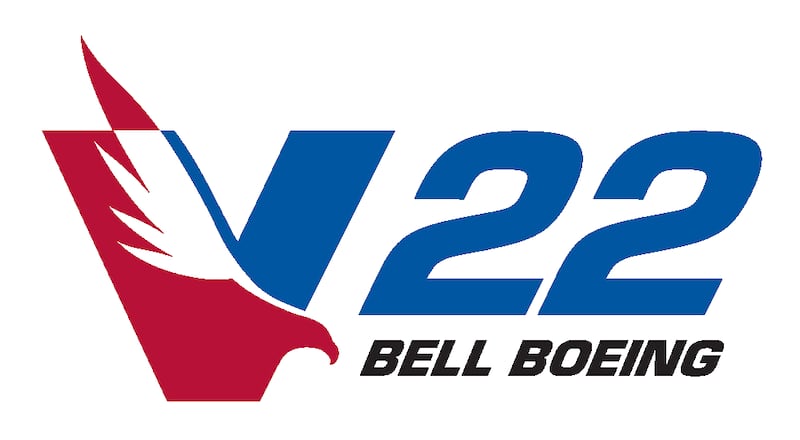The long-standing fascination with tiltrotor technology lies in its remarkable ability to transition from helicopter to fixed-wing mode. However, that is merely the beginning – and only the most outwardly apparent demonstration – of its distinctive capabilities. To fully appreciate the value of tiltrotor aircraft like the V-22 Osprey, it’s necessary to understand its evolution, the versatility it offers, and its crucial role in military operations.
Birth of an Osprey
In 1980, a rescue effort during the Iran hostage crisis highlighted the limitations of existing rotorcraft in executing complex missions during a single period of darkness. To help address this capability gap, the Bell Boeing team embarked on a journey to design and build a revolutionary platform leveraging nearly 30 years spent combining helicopter and fixed-wing capabilities in experimental aircraft, along with cutting-edge fly-by-wire and automation technologies. Thus, the concept of the V-22 Osprey was born.
To build the first production tiltrotor aircraft, industry leveraged a combination of ingenuity and subject matter expertise across defense, aviation, engineering and manufacturing technical specialties. Team Osprey – the production group behind the V-22 that includes more than 500 U.S.-based suppliers across nearly every state – was formed and a V-22 prototype took its first flight in March 1989.
Initially developed for the U.S. Marine Corps, the MV-22 became operational in early 2007. On Sept. 17, 2007, VMM-263 deployed from U.S. Marine Corps Air Station New River in North Carolina with 10 Ospreys aboard the amphibious assault ship USS Wasp (LHD-1). What followed over the next 10-plus years was unparalleled operational performance by a series of squadrons flying the Osprey in support of operations Iraqi Freedom and Enduring Freedom.
Unconventional and unmatched
Delivering versatility through speed, range, endurance and runway independence, the aircraft continued to accomplish previously unachievable missions. Military leaders took notice, and the need for the aircraft grew.
Fast-forward 35 years and the global fleet now includes over 450 Ospreys. Variants of the tiltrotor are used across three U.S. military branches, for joint service applications and by the Japan Ground Self-Defense Force. The aircraft serves the amphibious and combat assault needs of the U.S. Marine Corps, the maritime logistics needs of the U.S. Navy, and the special operations and combat search and rescue needs of the U.S. Air Force.
As more services operated the aircraft, the Osprey was recognized for going beyond its initial concept of operations and for delivering significant combat advantage to commanders and the warfighter. As the only military tiltrotor aircraft, the Osprey stands out among conventional aircraft and can adapt to a wide range of requirements and environments.
With unmatched operational flexibility and the mission systems and automation to support extended flight operations in complex environments, the Osprey has demonstrated its capabilities in delivering troops deep into enemy territory and providing humanitarian aid to disaster-stricken areas. The unique capability of the V-22 to reach extreme ranges with low operational risk has helped save lives on the battlefield and redefine the concept of the “golden hour,” which is essential for the critical care of injured Marines ashore and sailors at sea.
A road map for readiness
The journey of this first-generation aircraft has been followed closely by both advocates and critics. The Osprey’s unique tiltrotor design, while redefining mission versatility, initially presented complex engineering and manufacturing challenges. Since inception, the dedicated efforts of Team Osprey have contributed to advancements in the aircraft’s readiness and reliability.
Advancing and simplifying avionics, establishing a common configuration, implementing a nacelle improvement program, developing training simulations, and leveraging data analytics to enhance the repair process are just a few examples of the work being done to drive innovation and improve both the aircrews’ experience and the aircraft’s overall availability and affordability.
The valuable lessons learned from the V-22 program extend beyond progressing the Osprey itself but also play a crucial role in shaping the future of tiltrotor aircraft. The Osprey has delivered insights that will continue to influence what military aircraft and capabilities are best suited to meet national defense and global security demands in the future.
2050 and beyond
For more than three decades, the Osprey has been an integrated part of a military force during both peacetime and conflict. Over the next 30 years, the Osprey will be an essential part of any potential conflict that will require the U.S., allied and coalition forces to fight and resupply over vast distances and contested battlespaces, delivering valuable and versatile airpower that is unmatched.
A long-term sustainment strategy will ensure the Osprey’s adaptability to continue to meet evolving mission requirements, growing threats and a wide range of adversaries. Keeping the airframe ready, relevant and reliable into the 2050s will require close collaboration across industry, military and government leaders. It is important not only to focus on maintaining the aircraft’s current capabilities but also to have a future vision for the fleet. A modernized Osprey can help build a better common operating picture and achieve success in any future conflict.
Team Osprey is at the ready and remains committed to supporting the V-22 fleet for decades to come.
NAVAIR/DOD disclaimer: Approved for public release; distribution is unlimited, SPR 2024-0366


